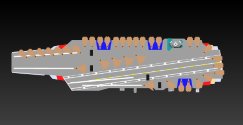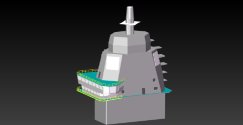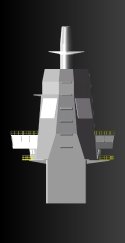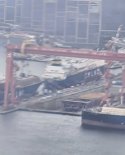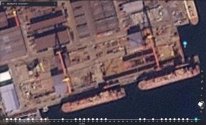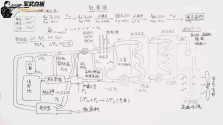I am also in favor of China pursuing Both nuclear and conventional carriers at least for now. As for 2035 and beyond should China continue building conventional carriers or go all nuclear? who knows?...
My guess is that today, China will simultaneously build a nuclear carrier and also a conventional carrier. So by 2030, there should be mature carrier designs ready for serial production.
So if US-China relations are still bad, I wouldn't be surprised if 4 carriers (from both shipyards) are built between 2030-2035.
...
Furthermore even the design of the Type 004 CVN might Not be a permanent commitment.
Maybe 10 years from now, China will build CVN's with thorium reactors instead of PWR reactors?
We have to accept the possibility that China in the near future might take a different technological path compared to the US navy.

